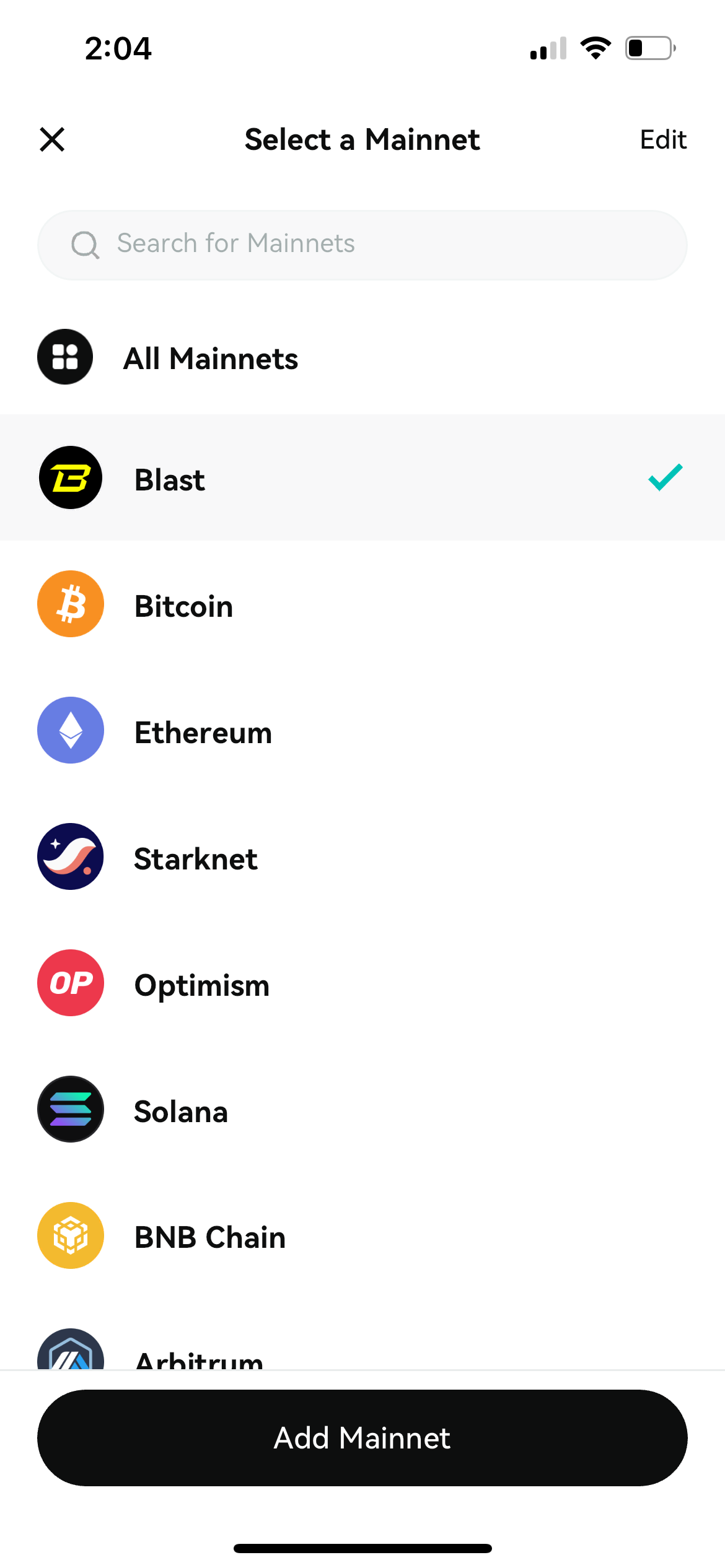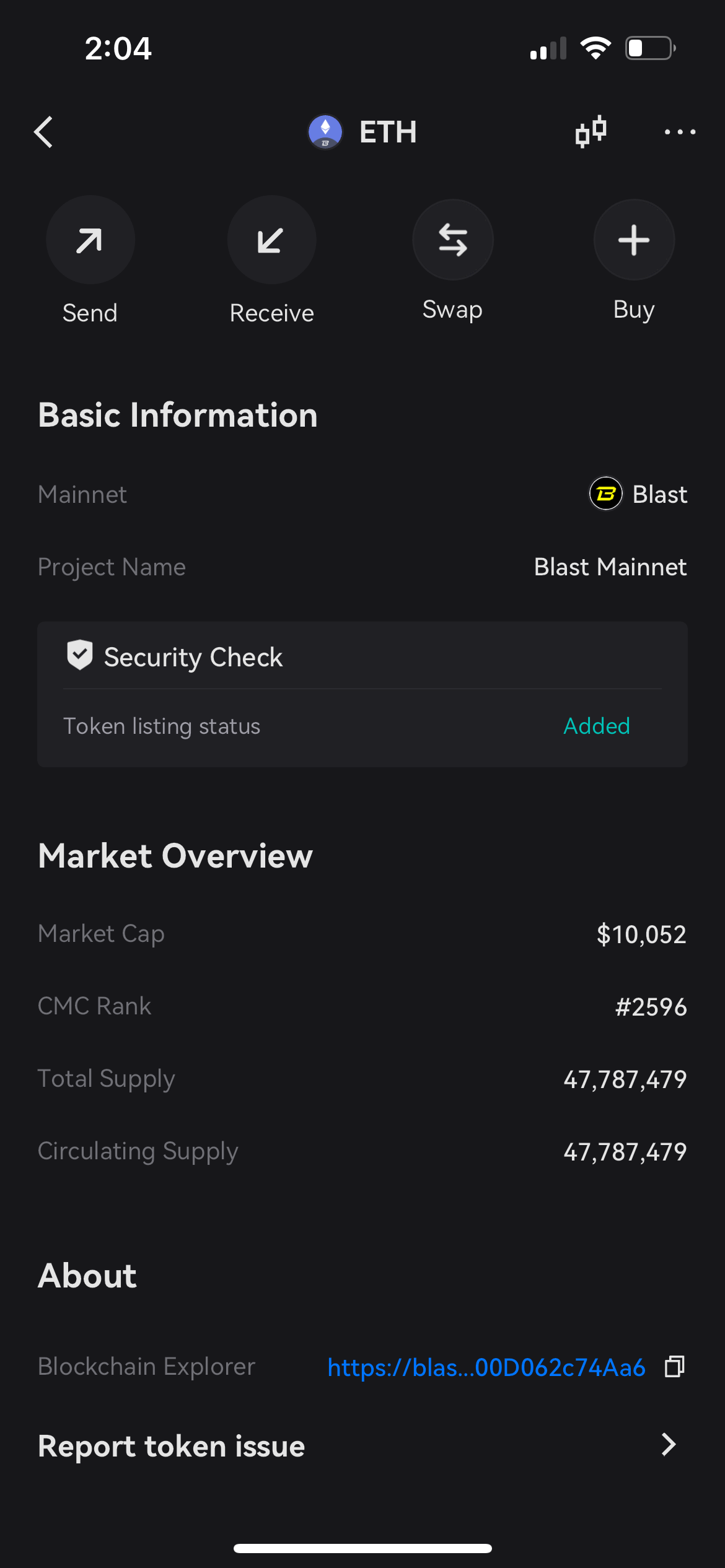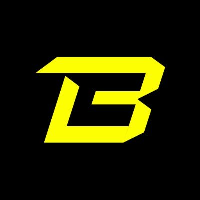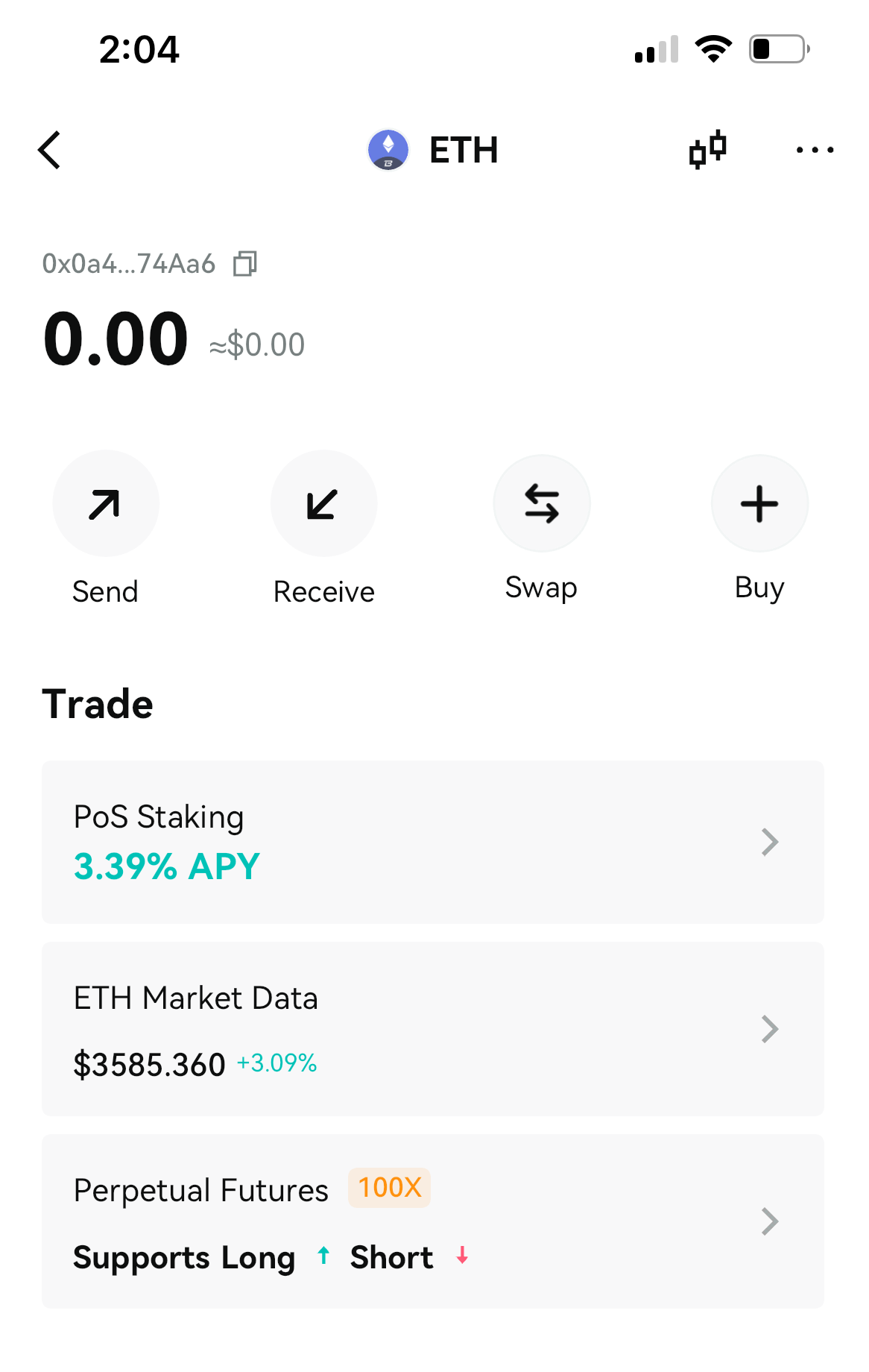

How to Create a Blast Wallet in Bitget Wallet
- 1. Launch Bitget Wallet and create a new wallet.
- 2. Select “Add Mainnet”.
- 3. Choose “Blast”.
- 4. Return to the homepage of Bitget Wallet. The Blast network is now showing on the homepage.
You can also use our OTC feature to buy ETH/USDT/USDC on the Ethereum mainnet with fiat currency, then bridge it to Blast mainnet to earn yield and qualify for the airdrop.
Blast Wallet Features
DApps on Blast
Bitget Wallet DApp supports all kinds of Blast DApps, including DeFi, NFT, GameFi, Bridge, Exchange, Mine, Tools, Social, and Loan. All the latest and most popular Blast-native projects are listed in the Bitget Wallet DApp section. Users can effortlessly access the Blast ecosystem through the Bitget Wallet DApp Browser, exploring trending DApps such as BLASTER, Thruster, Yolo Games, and SynFutures.
Visit the Bitget DApp browser

FAQ
How to buy Blast ETH? 

What is the best Blast Wallet? 

How to claim Blast mainnet airdrop? 


About Blast
What is Blast?
Blast is an EVM-compatible Layer 2 (L2) blockchain network designed to generate earnings with native yield. Led by pseudonymous co-founder @PacmanBlur, Blast also raised over $20 million in funding from Paradigm and Standard Crypto. It has garnered attention for its innovative approach and operational benefits. Since its launch, investors have poured over millions in ether (ETH) and stablecoins into the project, with total deposits exceeding $1.3 billion. Users depositing ETH on Blast earn yields and accumulate BLAST points, which can grow their initial deposit over time and reap airdrop rewards. Earned through deposits and referrals, BLAST points will be redeemable starting in May 2024. Additionally, users bridging stablecoins receive Blast’s auto-rebasing stablecoin, USDB, whose yield is sourced from MakerDAO's T-Bill protocol.
What are the features of Blast?
Blast offers several notable features as part of its decentralized Web3 infrastructure. Key among these is its 100% compatibility with ERC-20 tokens, facilitating the easy transfer of these tokens. The platform also engages in native ETH staking, enabling users to automatically earn yields from Layer 1 (L1) staking. Additionally, Blast provides an auto-rebasing stablecoin, USDB, to users who bridge stablecoins. This stablecoin’s yield is derived from T-Bill protocols. Furthermore, Blast introduces native yields for both ETH and a variety of stablecoins, including USDC, USDT, and DAI. As a Layer 2 network, Blast operates atop the Ethereum mainnet, effectively addressing common bottlenecks in speed, cost, and scalability.
How is Blast different than other Ethereum Layer 2 solutions?
Blast's biggest differentiator is its high native yield for assets locked in its network. Compared to the standard interest rate of 0% on other L2s, Blast offers ~4% yield for ETH/WETH and 5% for USDB, which is far more profitable for crypto users. In the future, Blast might even supplement or replace Lido and MakerDAO with Blast-native solutions or other third party protocols.
What are some popular projects on Blast?
Although Blast L2 is only a young blockchain platform, its ecosystem is already full of crypto projects, such as: - Particle: Particle is a permissionless, oracle-free protocol for leverage trading any ERC20 tokens. - Blaze: Blaze is a creator platform on Blast where users can easily launch their NFT collections. - Thruster: Thruster is a DEX built for degen traders, offering token fairlaunch, LP yield opportunities, integrated analytics, and a simplified trading experience. - ZAP: ZAP is a community-driven token launch protocol where project founders and crypto investors gain access to a highly-curated portfolio of opportunities on Blast. - Fantasy: Fantasy is a gaming platform with social and financial elements. Gamers collect cards of crypto influencers on X and earn rewards based on the influencers' performance metrics. - BLASTER: Blaster is a DEX and token launchpad on Blast that surpassed $1M in TVL and $3.5M in trading volume within 24h of Blast mainnet launch. Users can also earn Blast Points by interacting with the protocol.
Does Blast have a token?
Yes, on February 29, 2024, BLAST token was confirmed in the form of Blast Points, and users will be able to redeem their accumulated Blast Points as BLAST tokens later in May. These Blast points can be earned through various activities, including bridging assets to Blast mainnet and referring friends. As you bridge more assets to the network, your wallet earns Points automatically every block based on your ETH/WETH/USDB balance. Users who successfully invite others will also receive additional airdrop points: you earn +16% on top of any Points earned by your invites, as well as +8% on top of any Points earned by your invite’s invites. Lastly, it is important to note that the bridged assets will not be sitting idle on Blast between now and May; instead, ETH/WETH earns ~4% native yield and USDB earns ~5%.
How to use Blast Wallet?
The simplest way to start using Blast is by creating a Blast Wallet in Bitget Wallet, which can be installed via Google Play, App Store, or as a Chrome extension. After installation, you can now explore the Blast ecosystem through the Bitget Wallet DApp Browser, which supports various DApps, including DeFi, NFT, DEX, and various tools.










